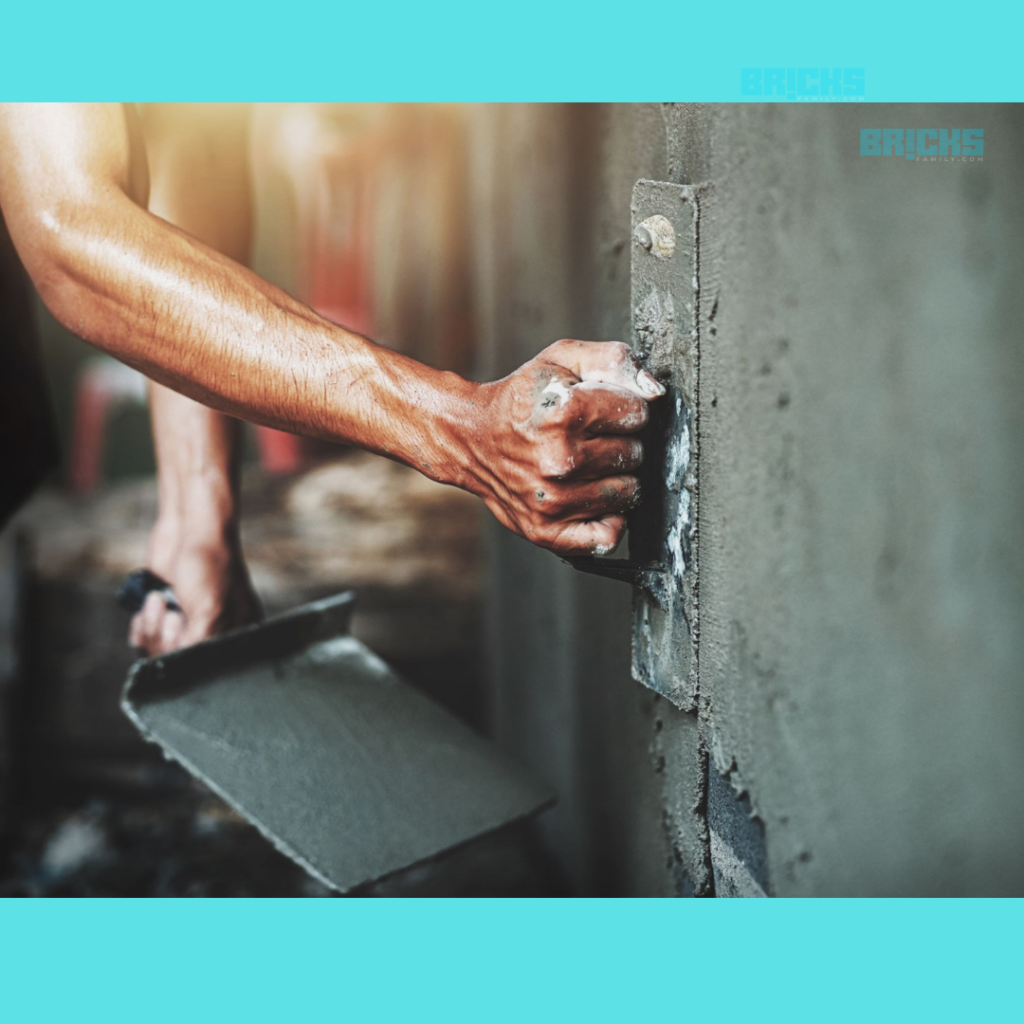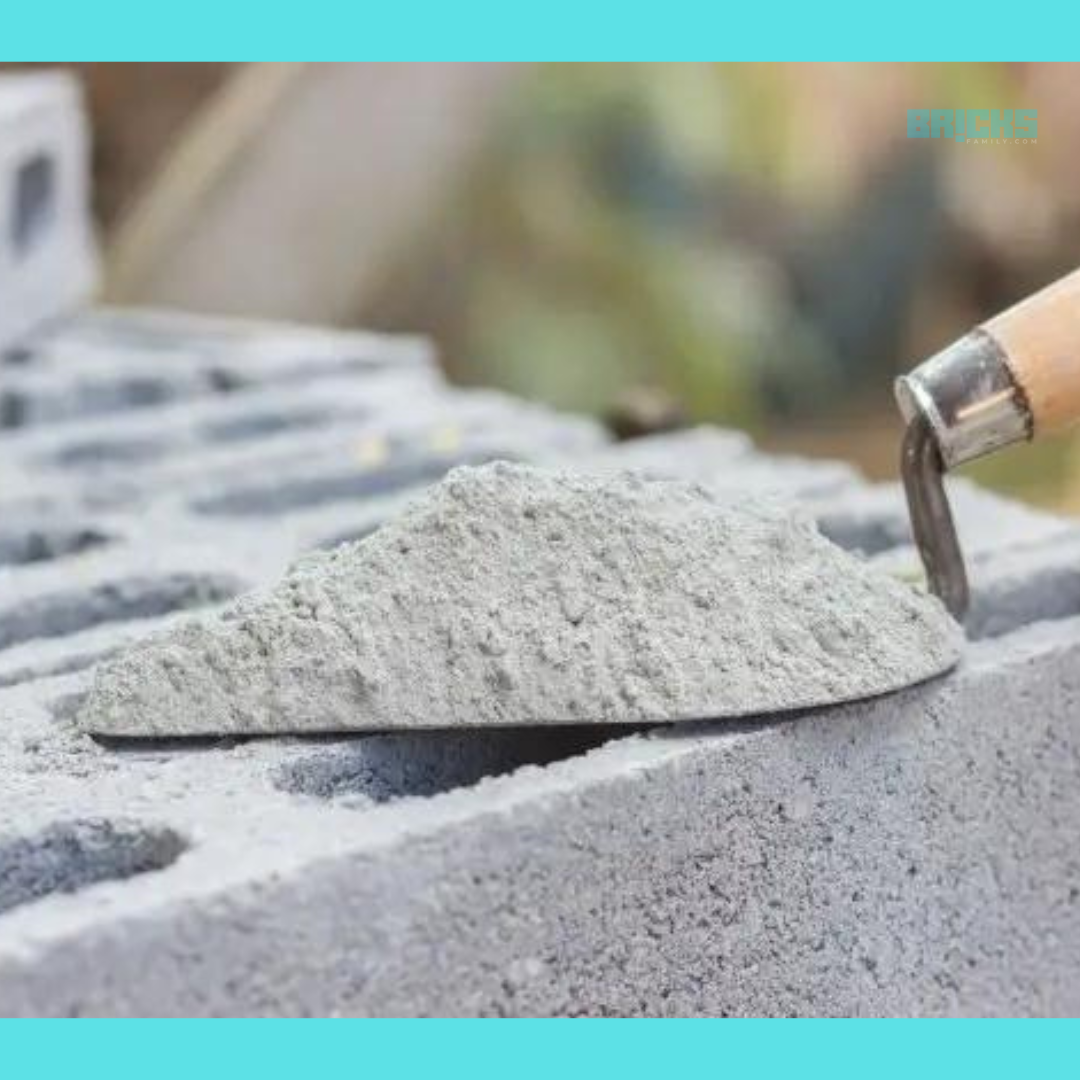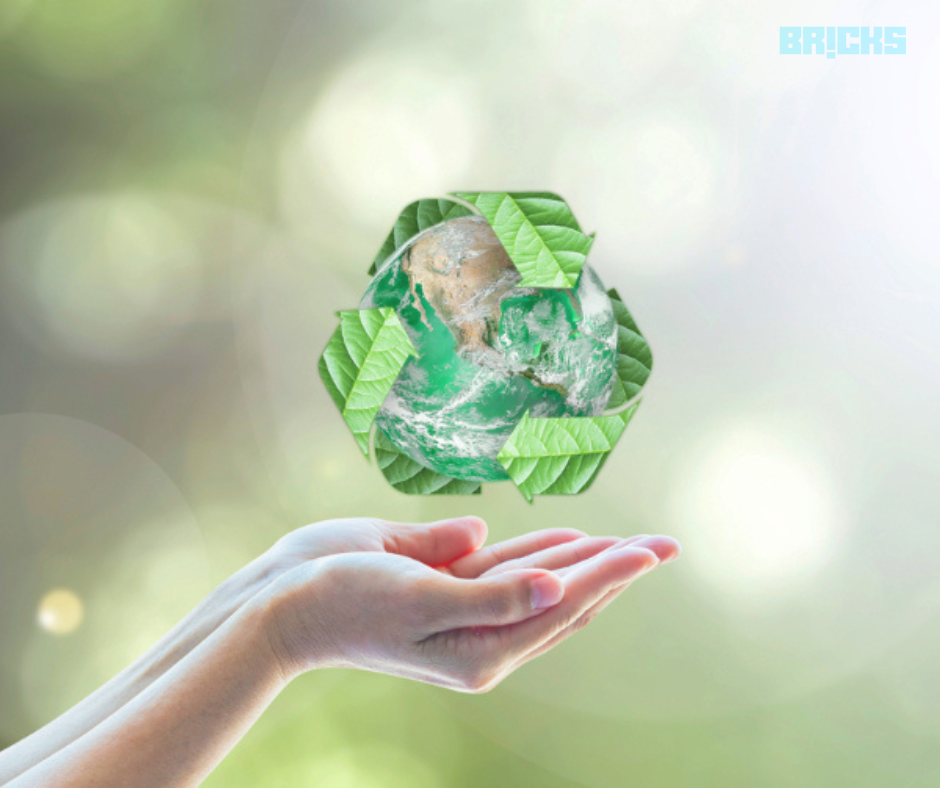A powerful and long-lasting structure can be created with cement, a construction substance that hardens, sets, and adheres to other materials. The majority of its constituents are calcium silicates and other minor substances. To hydrate cement, it is mixed with water to create a paste, which eventually hardens and strengthens to form a solid structure. Cement, a crucial component of the construction industry, is used in constructing bridges, dams, building foundations, walls, and floors, as well as numerous other infrastructure projects. In this blog we will see Different Types of Cement in India for Construction.
One of the most versatile building materials is cement concrete. The majority of the buildings that surround us are constructed with it. Due to its unique properties, cement is the best binding agent for making concrete. In terms of scale, China and India are tied for second place in cement output. India manufactures roughly 25,000 tonnes of cement annually.
Focusing on the cement’s brand image rather than the appropriate cement for the project is one of the most frequent errors independent home builders make. Below is a list of the several varieties of cement offered in India.
Indian cement variations can be divided into the following categories:
- Based on the method of hardening and setting
- based on the makeup and traits of
Types of Cement According To Hardening and Setting Mechanism
There are two types of cement – hydraulic cement and non-hydraulic cement – as per the hardening and setting mechanism of cement. The details of these two are:
1. Hydraulic Cement
The term “hydraulic cement” describes substances that hydrate and become complex in the presence of water. Limestone, clay, and gypsum are the principal basic materials used to manufacture non-hydraulic cement. The primary material is burned at very high temperatures to make hydraulic cement.
Clinkers primarily formed of hydraulic calcium silicates are ground to create hydraulic cement mixed with one or more different kinds of calcium sulphate. A substance resistant to water is created when hydraulic cement reacts with water and hardens.
2. Non-hydraulic Cement
The non-hydraulic cement may harden without water. Carbonation gets more complicated when it interacts with the dissolved carbon dioxide in the air. This sort of cement needs dry conditions to solidify. Lime, gypsum plasters, and oxychloride are the primary ingredients to create non-hydraulic cement. For instance, slaked lime is a non-hydraulic cement. Non-hydraulic cement is being phased out because it takes so long to set.
Types of Cement According To Composition and Characteristics
In India, there are 14 different varieties of cement available, each with its own composition and properties. The features, applications, and material composition of each type of cement vary from those of the others. An overview of the many cement kinds used in India can be found here.

1. Ordinary Portland Cement (OPC)
Ordinary Portland Cement is available in three grades on the Indian market: 33, 43, and 53.
Concrete grade 33 (M20 grade) is used for plastering. Using grade 43 (M30 grade), precast, plaster, and flooring are entirely completed. For constructing roads, bridges, and multi-story buildings, grade 53 concrete is used.
2. Portland Slag Cement
The construction of high-rise buildings uses it. As long as high-strength concrete is used, buildings and bridges can last 100 years. This cement is also used to construct infrastructure for wastewater treatment and marine applications.
3. Portland Pozzolana Cement
Portland Pozzolana cement is employed to construct dams, retaining walls, maritime structures, plastering, bridge footings, and masonry mortar manufacture. The cement is denser and more solid than conventional Portland cement.
4. White Cement
In addition, white cement is used to fix marble roofs, floors, and tiles. The interior and outside of items like face slabs and decorative concrete goods are also decorated with them. Despite being white, its chemical composition is nearly equal to that of regular Portland cement.
5. Sulfate-Resisting Cement
This cement is employed when the structure is still in contact with the ground, groundwater, shoreline, or seawater. It is substituted with ordinary Portland cement in these locations.
6. Low-Heat Portland Cement
Weak heat For constructions that need to hold water, Portland cement is employed. These include building retaining walls, slabs, piers, dams, and bridge abutments. This kind of cement is used because it does not crack or contract.
7. Rapid-hardening cement
This cement is used to speed up construction and make repairs. It begins to set more quickly and soon gains strength.
8. Quick Setting Cement
Compared to traditional cement systems, Quick Setting Cement (QSC) demonstrates quick compressive strength and dramatically reduces Waiting on Cement (WOC) timeframes. Although it loses its fluidity more quickly than Portland cement, it does not reach a higher strength rate. To raise cement alumina and lower gypsum, which are employed in grouting and underwater concreting, finely grinding cement clinkers produce QSC.
9. Blast Furnace Cement
A mixture of ordinary Portland cement and finely ground blast furnace slag produced as a waste product of the steel-making process, blast furnace slag cement has a solid content of less than 70%. It possesses cementitious qualities and is made up of small, glassy particles.
10. High Alumina Cement
High-alumina cement is created by sintering or fusing the alumina clinkers with calcareous material, such as lime. This cement is also known as calcium aluminum cement. It is sulphate- and seawater-resistant and resistant to chemical attack in general. Therefore, compared to conventional Portland cement, it has a substantially higher ultimate strength.
11. Colored Cement
To generate colored cement, ordinary Portland cement is blended with pigments at a rate of 5–10%. White or grey cement is used as the base for colored cement production. The cost increases if the colored cement has a white base instead of a grey one.
12. Air Entraining Cement
Regular Portland cement is combined with a tiny amount of air-entraining components to make air-entraining cement. The most often utilized air-entraining materials include resin, vinyl resin, oils, fats, and fatty acids. Darex and vinyl resin are the materials that are used the most commonly. Because of these components, air can be trapped in microscopic air bubbles in concrete. Concrete with air bubbles is more malleable, freeze-resistant, and workable. However, The amount of air so entrained should be at most 5% because it weakens concrete.
13. Expansive Cement
Expansive cement is a special kind that expands much more after setting than Portland cement paste when mixed with water. The expansion of the concrete or cement mortar makes up for losses resulting from shrinkage.
14. Hydrophobic Cement
Hydro refers to water, while phobic is the opposite, as the cement’s name shows. Portland cement clinker is ground with a material that produces films, such as oleic acid, to create hydrophobic cement, which resists deterioration when held under unfavorable storage conditions. The cement is also known as hydrographic cement.
Cement Composition and their Uses
| Cement | Composition | Uses |
| Ordinary Portland Cement (OPC)(IS:269) | Lime (CaO) 60 to 67%Silica (SiO2) 17 to 25%Alumina (Al2O3) 3 to 8%Iron oxide (Fe2O3) 0.5 to 6%Magnesia (MgO) 0.1 to 4%Sulfur trioxide (SO3) 1 to 3%Soda and Potash (Na2O+K2O) 0.5 to 1.3% | General construction purposesmasonry works |
| Portland Slag Cement(IS: 455) | 25-70% granulated slag, 3% gypsum, and the rest is clinker | Construction of foundations, dams, and large concrete structures where cracking and heat generation must be controlled. |
| Portland Pozzolana Cement(IS:1489 P-2) | 15-35% pozzolanic material, 4% gypsum and the rest is clinker | Marine structures, hydraulic structures, dam construction, construction near the seashore, etc. |
| White Cement(IS: 8042) | Portland cement mixed with 5-10% pigment | Decorative work, tile grouts, traffic barriers, swimming pools, roof tiles, and terrazzo surfaces |
| Sulphate Resisting Cement(IS: 12330) | low tricalcium aluminate and tetracalcium aluminoferrite content and high tricalcium silicate content. | Concrete surfaces are subjected to alternate drying and wetting.For example, concrete surface in the tidal zone, bridge piers, Buildings near the seacoast, Effluent treatment plants, Chimneys, water storage, Chemical industries, Cooling towers, Coastal protective works (breakwaters, sea walls, tetrapods, etc.) |
| Low Heat Portland Cement(IS: 12600) | A low percentage (5%) of tricalcium aluminate (C3A)A higher percentage (46%) of declaiming silicate (C2S). | Construction of the dam’s large footing, wind turbine plinths, and large raft slabs.It is also used for the construction of chemical plants. |
| Rapid Hardening Cement(IS: 8041) | 60% Tricalcium silicate (C3S),15% Dicalcium silicate (C2S),10% Tricalcium aluminate (C3A) and8% Tetracalcium aluminoferrite of the total weight of cement. | Construction of pavement. |
| Quick Setting Cement(IS: 8041-1990) | ClinkerAluminum sulfate (1 to 3% by clinker’s weight)aluminum sulfate to increase the hydration rate of silicate. | Underwater construction, construction in rainy & cold weather conditions. |
| Blast Furnace Cement(IS: 455-1976) | silicates, aluminosilicates, and calcium-alumina-silicates | Seawater construction. |
| High Alumina Cement(IS: 6452-1972) | Silica 3-8%Alumina 37-41%Lime 36-40%Iron Oxide 9-10%Titanium 1.5-2%Magnesium 1%Insoluble Resides 1% | It is used where concrete structures are subjected to high temperatures, like workshops, foundries, etc.It is also used where the concrete is subjected to acidic and frost action. |
| Colored Cement(IS: 8042) | 5 to 10% of suitable pigments with white or ordinary gray Portland cement | Decorative work |
| Air Entraining Cement | air-entraining material mixed with Portland cement | Low-temperature setting. |
| Expansive Cement | Portland cement, expanding agent, and stabilizer | Used to build the pre-stressed concrete component.Also used for sealing joints, grouting anchor bolts, and construction of different hydraulic structures. |
| Hydrophobic Cement(IS: 8043- 1991) | ordinary Portland cement clinker mixed with water-repellant film-forming substances such as oleic acid, boric acid, and stearic acid. | Construction of water structures such as spillways, dams, other submerged structures, underground structures like tunnels, etc. |
Summing Up Types of Cement in India
Finally, India provides a wide range of cement types to satisfy the various demands of its construction sector. Each variety has unique qualities that make it appropriate for specific purposes. OPC continues to be the most widely used cement because of its adaptability and accessibility, but PPC is rising in popularity because of its better toughness and sustainability. Specialized varieties like white and colored cement have arisen in India, giving construction professionals more possibilities. India’s cement business constantly innovates and changes, assuring various solutions to fulfil the nation’s rising infrastructure development demands.
Also Read: Nagpur Goa Expressway – Route, Timeline & Other Facts | Shaktipeeth Expressway
Similar Topics: Types of Steel for Construction, Steel Prices & More















